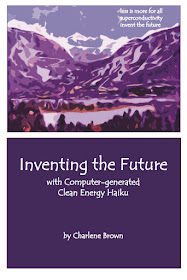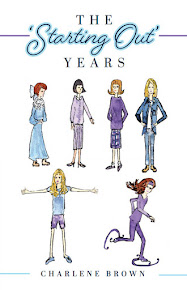Illustration from Inventing the Future (Burgess Shale and Emerald Lake)
InDesign document
©2019 Charlene Brown
Forecasting the future is made more difficult by confounding factors such as:
· Disruptive technology/innovations: Are today’s disruptive transformations (block chain, genome sequencing, robotics, energy storage, AI) comparable to the disruption caused by railways, automobiles, electricity, computers or the internet?
· Black swan events:
unpredictable, massive impact, highly improbable, eg. 9/11, collapse of the
Soviet Union, Covid-19
· Wild cards: low probability, high impact events. The difference between Black Swans and Wild Cards is that Wild Cards are imaginable (ie predictable to a certain extent), temperature increases, Halley's Comet, 2008 financial crisis, religious conflicts, financial unicorns (or alicorns), pandemics, wars, and tipping points (abrupt actions of a complex system which has become unstable).
Using wildcards in disruptive innovation ideation sessions can enrich discussions and help people to imagine 'what if?'














